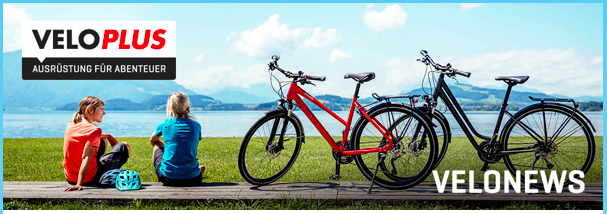 Companies with Deep-Connect value
Companies with Deep-Connect value
Co-op Grocer Building Anti-Racist Communities

In the past ten years there has been a trend, growing from a small base, amongst co-op grocers to generate competitive advantages out of transformative forces leading to an anti-racist society. The co-op grocers offer wide-ranging benefits going well beyond food which involve addressing affordability, usability, sustainability and diversity issues, thereby engaging in community-building for a progressive future.
An example is Seward Co-op in Minneapolis. In 2013 they decided to open a second store in the minority-majority Bryant neighborhood which was underserved in groceries. The second store opened in 2016, leading to a total market positioning as follows.
Business paradigm of co-op, sustainability and diversity
The business paradigm is rooted in the traditional principles of the cooperative economy: members are owners with voting rights and discounts, personnel are trained in co-op ideals, and “intentional sourcing” prioritizes suppliers embodying the ideals of healthy, low-cost food. The co-op traditions have been modernized to include sustainability: 80 % of waste is recycled; local and organic products are sourced to minimize to the environmental impact; bulk quantities are promoted and money is given back to shoppers using reusable bags. The paradigm has been further updated to include diversity in the personnel.
Network of benefits and stakeholders
Seward’s offers make up a network of benefits, connected in their essence. Alongside the high-quality food offering throughout the product range, “Staples” signs in the shop highlight basic inexpensive healthy food, classes inform about how to shop on a budget and recipes are shown for healthy meals costing less than $10 for a family of four. Additionally for low-income customers, the Nourish program gives discounts on daily purchases. Furthermore, the«Community Foods» own-label promotes into the mainstream of the co-op’s product range a set of products fromthose producers that best align with the cooperative values and mission to sustain a healthy economy. Priority is given to BIPOC producers. Finally, Seward also promotes alternative transportation to and from the store via privileged parking for participants in car- and bike-sharing programs as well as price discounts for bicyclists.
The co-op promotes relationships with stakeholders inside and outside the store, such that it is present in the minds of the stakeholders, who then are “naturally” drawn to the two stores to shop. Personnel are recruited from the neighborhood, including a partnership with an employment agency that works with dislocated, low-income, welfare-transition and new immigrant workers. Thus a relatively high proportion of employees have multi-lingual skills and minority backgrounds. The co-op raises money for customer seed donations to the local community and itself finances grants and scholarships to locals. The stores serve as locations for community meetings. Even before the second store in Bryant opened, the co-op engaged in dialog with multiple community-based organizations, even before the new store opened. To keep the dialog alive, Seward has a full-time community education coordinator.
Unique offers create loyalty and convergence
The network of interconnected benefits as well as the active stakeholder relations create value that is not available in other stores, binding customers to the store. These distinctive offers are supplemented by further elements giving Seward an exclusive market position, setting it apart from other grocers. The company complied with customer requests for employees in the Bryant store “who look like us.” A Black employee living in the neighborhood reported that her neighbors come in the store and say to her “I’ve never been to a co-op before” or “I would never have come to a place like this.” In addition, the co-op is unusually open to direct customer feedback to individual products: in 2019 there were 629 product changes resulting from customer requests. Customers perceive the uniqueness of the Seward stores and see little reason to shop elsewhere.
The Seward Co-op represents a convergence between the three strands of first, those promoting self-ownership coupled with inexpensive basic nutrition, as is traditional to the co-op movement, second, those working for sustainability and third, those working for food justice in the form of diversity and inclusion for personnel and customers. The co-op’s activist anti-racist stance is underlined by murals placed on the stores created by local, BIPOC-led artist groups. The murals support the community in metabolizing trauma in the wake of the murder of George Floyd, particularly important to the city of Minneapolis. The co-op facilitates a stakeholder dialog on what it means to commit to Black liberation as a co-op community, for which gatherings are organized. Additionally, resources are made available for people to create art and signs which can be hung at home or carried on demonstrations.
Building communities generates business success
Thus, Seward undertakes much in and around the two stores to build stakeholder communities of customer-owners, personnel, suppliers, community groups and others who think this way. Doing good for these communities also generates business success. Indeed, advantageous benefits are in fact offered to People of All Colors, promoting the transformation to a sustainable economy and an anti-racist society.









